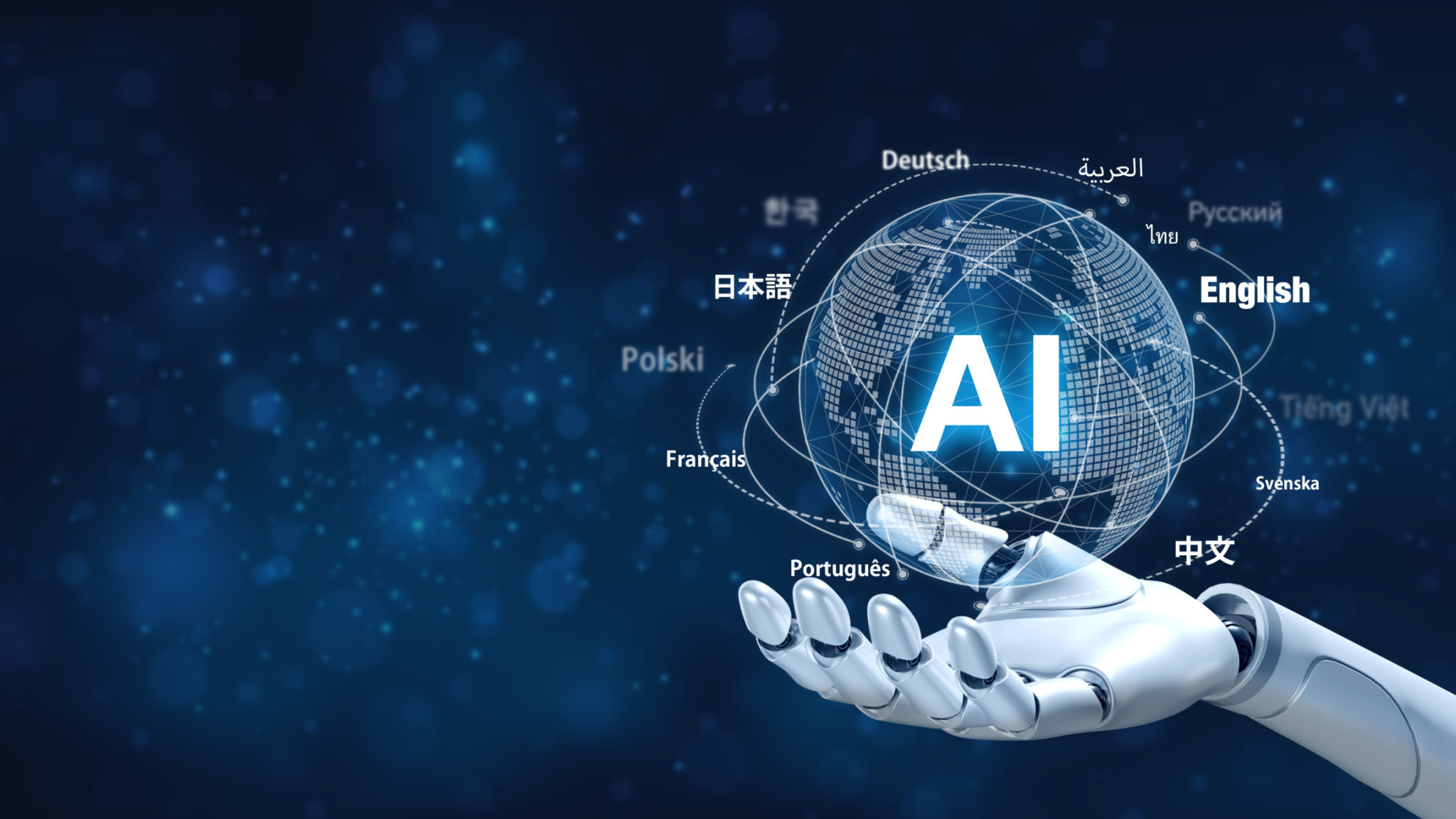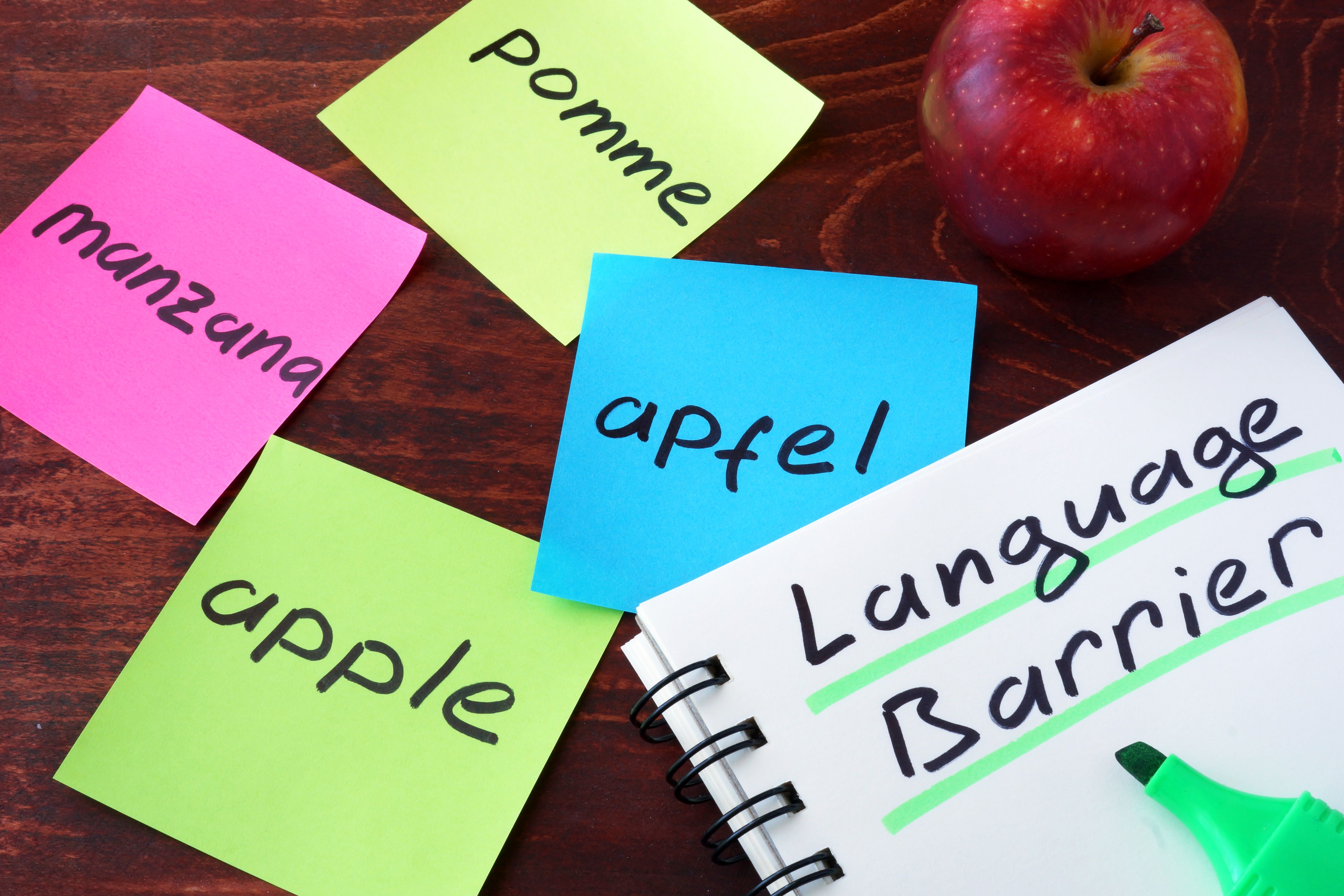Enhancing AI Translation with Human Expertise
The Rise of AI in Translation
In recent years, Artificial Intelligence (AI) has revolutionized various industries, and translation services are no exception. The ability of AI to rapidly process vast amounts of data has made it an invaluable tool in breaking down language barriers. With machine translation services like Google Translate and DeepL becoming more sophisticated, businesses and individuals can now access immediate translations at their fingertips.
Despite these advancements, AI translation is not without its limitations. While it excels in speed and efficiency, nuances in language and cultural context can often be missed. This is where human expertise plays a crucial role in enhancing the quality of AI translations.

Understanding the Limits of AI Translation
AI translation tools are powerful, yet they are not infallible. They rely on algorithms and databases to generate translations, which means they may struggle with idiomatic expressions, humor, or culturally specific references. For instance, a phrase that makes perfect sense in one language might be nonsensical or even offensive when directly translated into another.
Moreover, AI systems can sometimes misinterpret homonyms or words with multiple meanings, leading to translations that are technically correct but contextually inappropriate. This highlights the need for human oversight to ensure that translations are not only accurate but also meaningful and contextually relevant.

The Role of Human Expertise
Human translators bring a depth of understanding and cultural insight that AI cannot replicate. They possess the ability to interpret context, tone, and intent, which are essential for producing translations that resonate with the target audience. By collaborating with AI systems, human experts can refine translations, ensuring they are both precise and culturally appropriate.
Here are some key contributions that human translators provide:
- Contextual Adaptation: Adjusting translations to suit cultural nuances and specific demographics.
- Quality Assurance: Reviewing and editing AI-generated translations to eliminate errors.
- Creative Input: Translating content that requires creativity, such as marketing materials or literary works.

Collaboration for Superior Results
The combination of AI technology and human expertise offers a powerful synergy in the realm of translation. By leveraging the strengths of both AI and humans, businesses can achieve high-quality translations that are both efficient and effective. This collaborative approach ensures that translations maintain the original message's integrity while being tailored to the target audience's cultural context.
For businesses looking to expand globally, investing in a hybrid translation approach can provide a competitive edge. It allows for faster market entry while maintaining the quality and relevance of communication with diverse audiences.
Future Prospects
The future of translation is undoubtedly promising, with advancements in AI technology continuing to evolve. As machine learning algorithms improve, so too will the capabilities of AI translation tools. However, the need for human expertise will remain indispensable.
As we move forward, businesses must recognize the value of integrating human insight with AI capabilities. This partnership will not only enhance translation quality but also foster deeper connections between cultures, driving more meaningful global interactions.
